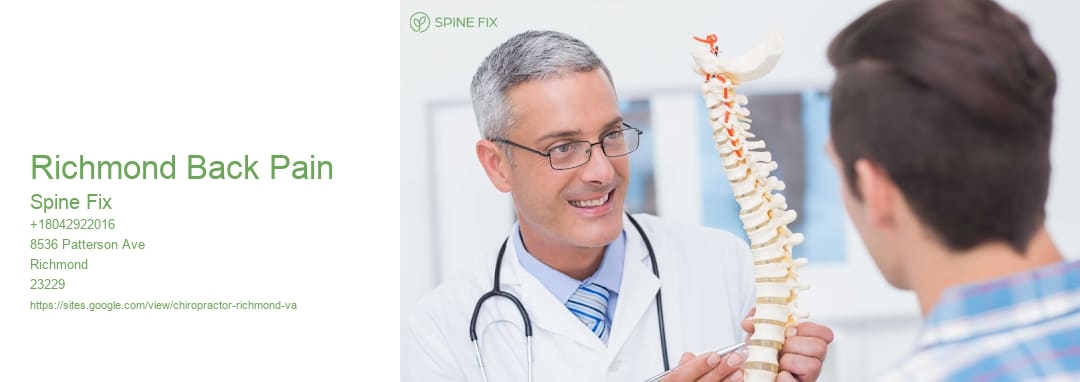Low pain in the back or lumbago is a typical condition including the muscle mass, nerves, and bones of the back, in between the reduced edge of the ribs and the lower fold of the butts. Pain can differ from a dull constant pains to an unexpected sharp feeling. Low back pain may be classified by duration as acute (pain enduring less than 6 weeks), sub-chronic (6 to 12 weeks), or chronic (greater than 12 weeks). The problem may be further classified by the underlying reason as either mechanical, non-mechanical, or referred discomfort. The signs and symptoms of reduced back pain normally improve within a couple of weeks from the time they start, with 40–-- 90% of people recuperated by 6 weeks. In most episodes of low neck and back pain a details underlying reason is not determined or even searched for, with the discomfort thought to be due to mechanical troubles such as muscle or joint stress. If the pain does not vanish with conservative treatment or if it is come with by "warnings" such as unusual weight-loss, fever, or significant troubles with sensation or movement, further testing might be needed to try to find a severe underlying issue. In most cases, imaging tools such as X-ray computed tomography are not beneficial or suggested for low pain in the back that lasts less than 6 weeks (without any warnings) and lug their own threats. Regardless of this, using imaging in reduced pain in the back has increased. Some low neck and back pain is brought on by damaged intervertebral discs, and the straight leg elevate examination works to identify this reason. In those with persistent discomfort, the discomfort processing system may malfunction, creating large quantities of pain in response to non-serious occasions. Persistent non-specific reduced back pain (CNSLBP) is an extremely prevalent musculoskeletal condition that not just influences the body, but also an individual's social and financial standing. It would certainly be significantly beneficial for people with CNSLBP to be evaluated for hereditary concerns, unhealthy way of livings and routines, and psychosocial variables on top of bone and joint concerns. Persistent reduced neck and back pain is specified as back pain that lasts greater than three months. The symptoms of reduced back pain usually enhance within a few weeks from the time they begin, with 40–-- 90% of individuals recuperated by six weeks. Normal activity ought to be continued as high as the discomfort permits. Initial administration with non-medication based therapies is recommended. Non–-- medication based treatments include superficial heat, massage therapy, acupuncture, or spinal manipulation. If these are not adequately reliable, NSAIDs are suggested. A number of other alternatives are readily available for those who do not boost with common therapy. Opioids might serve if basic pain drugs are insufficient, but they are not usually suggested because of adverse effects, including high prices of dependency, unintentional overdose and fatality. Surgical procedure might be advantageous for those with disc-related chronic discomfort and special needs or spinal constriction. No clear advantage of surgery has been discovered for other situations of non-specific low neck and back pain. Low neck and back pain typically influences state of mind, which may be enhanced by therapy or antidepressants. Additionally, there are many alternative medicine therapies, but there is not enough proof to advise them with confidence. The proof for chiropractic care and spinal control is combined. Approximately 9–-- 12% of individuals (632 million) have reduced back pain at any type of provided point, and virtually 25% report having it at some point over any kind of one-month period.Regarding 40% of individuals have reduced pain in the back at some point in their lives, with estimates as high as 80% amongst individuals in the industrialized globe. Reduced pain in the back is the best contributor to lost efficiency, absence, special needs and layoff worldwide. Problem with low pain in the back usually starts in between 20 and 40 years of age. Ladies and older people have actually higher estimated rates of reduced back pain and also higher impairment quotes. Low neck and back pain is more usual amongst people aged between 40 and 80 years, with the overall variety of individuals affected anticipated to boost as the population ages. According to the Globe Health Company in 2023, lower neck and back pain is the leading clinical condition globally from which one of the most variety of individuals world-wide can gain from improved rehabilitation.
.



